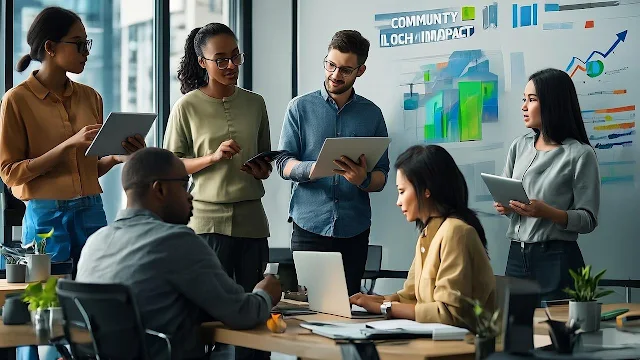Books Beyond Reach: Confronting the Learning Resource Gap in Today’s Classrooms
Introduction: The Cost of an Empty Shelf
The lack of learning materials isn’t just an inconvenience—it’s a systemic barrier that suppresses student potential and widens the learning gap between socio-economic groups.
The Learning Resource Gap: Who’s Left Behind and Why
The “learning resource gap” refers to the unequal availability of textbooks, digital tools, supplementary reading materials, and even basic classroom equipment. It affects public school students the most—particularly those in rural, conflict-affected, or underfunded areas.

A Scalable Solution: Community-Sourced Open Educational Resources (OER)
One promising and increasingly relevant solution lies in Open Educational Resources (OER)—teaching, learning, and research materials that are freely accessible and openly licensed for use and modification.
In the Philippines, DepEd’s “Sulong EduKalidad” campaign, launched in 2019 and ongoing through 2024, includes efforts to develop digital and contextualized learning materials, particularly during and after the COVID-19 pandemic. The DepEd Commons platform, part of this effort, hosts thousands of free downloadable resources aligned with the national curriculum (DepEd, 2019).
Additionally, partnerships between private and nonprofit sectors show promise. For example, Globe Telecom and Teach for the Philippines have collaborated on training public school teachers in 21st-century classroom strategies, including digital content creation and integration (Globe, 2023).
Barriers to Implementation—and How to Overcome Them
Despite the potential of OER, several barriers limit widespread implementation:
-
Digital divide: Many rural schools lack devices or reliable internet access to benefit from online resources.
-
Teacher readiness: Not all teachers are equipped with the skills to curate, evaluate, or create educational content.
-
Localization: Most OER content originates from Western contexts and may not fit local linguistic or cultural settings.

To overcome these, the following steps can be prioritized:
-
Offline-first solutions: Downloadable, USB-shareable, or locally hosted repositories ensure that even schools with limited internet can access OER.
-
Capacity-building programs: Teacher training in digital pedagogy and curriculum development can empower educators to adapt resources for their contexts.
-
Community co-creation: Encouraging teachers and local education offices to create and peer-review localized content ensures cultural relevance and ownership.
Conclusion: Closing the Distance to Learning
Policymakers, school administrators, and educators must act with urgency—not just by acquiring new materials, but by reimagining how resources are created, shared, and sustained. The goal is clear: to build a future where no student has to rely on a single, tattered book to access the world of knowledge.
References
-
World Bank. (2022). Learning Poverty: Children Unable to Read and Understand a Simple Text by Age 10. Retrieved from https://www.worldbank.org/en/topic/education/brief/learning-poverty
-
UNESCO. (2022). Global Education Monitoring Report. Retrieved from https://www.unesco.org/reports/gem-report/2022
-
Department of Education (DepEd). (2019). Sulong EduKalidad: DepEd’s Battlecry for Quality Education. Retrieved from https://www.deped.gov.ph/2019/12/03/sulong-edukalidad-depeds-battlecry-moving-forward
-
Globe Telecom. (2023). Globe and Teach for the Philippines Launch Teacher Training Program. Retrieved from https://www.globe.com.ph/about-us/newsroom/sustainability/public-school-teachers-specialized-training
-
OER Commons. (2024). Free-to-Use Teaching and Learning Resources. Retrieved from https://www.oercommons.org
-
PhET Interactive Simulations. (2024). Science and Math Simulations. Retrieved from https://phet.colorado.edu




Comments
Post a Comment